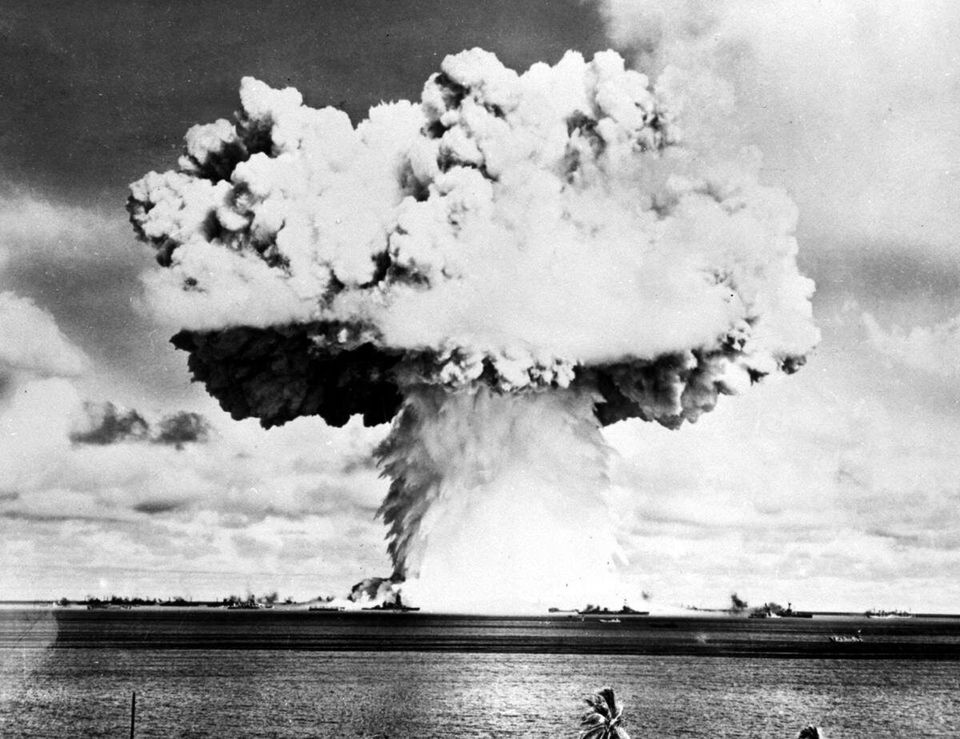The common perception of nuclear weapons testing is that it’s not very kind towards the environment – but it turns out that it may, ultimately, save it.
This is because key Cold War research laboratories and the science used to track radioactivity an model nuclear bomb blasts have today been repurposed by climate scientists.
University of Michigan historian Paul Edwards, writing in The Bulletin of the Atomic Scientists, notes that climate science and nuclear weapons testing have a long and surprisingly intimate relationship.
In the wake of the Fukushima disaster, for example, the Comprehensive Test Ban Treaty Organization tracked the radioactive plume emanating from damaged Japanese nuclear reactors via a global network of monitoring stations designed to measure airborne radionuclides.
That network is a direct descendant of systems and computer models created to trace the fallout from weapons tests, Edwards explained.
But ways of tracking radiation as it moves through the atmosphere have applications that extend far beyond the nuclear industry. Tracing radioactive carbon as it cycles through the atmosphere, the oceans, and the biosphere has been crucial to understanding climate change.
Mathematical models with nuclear science roots have also found a place in the environmental scientists' toolboxes. The earliest global climate models relied on numerical methods, very similar to those developed by nuclear weapons designers, for solving the fluid dynamics equations needed to analyse shock waves produced in nuclear explosions.
The impacts of nuclear war on the climate represent another major historical intersection between climate science and nuclear affairs. Without the work done by nuclear weapons designers and testers, scientists would know much less than they do now about the atmosphere.
In particular, this research has contributed enormously to knowledge about both carbon dioxide, which raises Earth's temperature, and aerosols, which lower it. Without climate models, scientists and political leaders would not have understood the full extent of nuclear weapons' power to annihilate not only human beings, but other species as well.
Facilities built during the Cold War, including US national laboratories constructed to create weapons, now use their powerful supercomputers, expertise in modeling, and skills in managing large data sets to address the threat of catastrophic climate change.
This has benefitted the labs themselves - without a new direction, the argument to continue funding these laboratories would have been less compelling - and the science and scientists who are studying climate change.
"Today, the laboratories built to create the most fearsome arsenal in history are doing what they can to prevent another catastrophe – this one caused not by behemoth governments at war, but by billions of ordinary people living ordinary lives within an energy economy that we must now reinvent," Edwards said.
See the picture gallery below for incredible images of nuclear weapons being tested.
